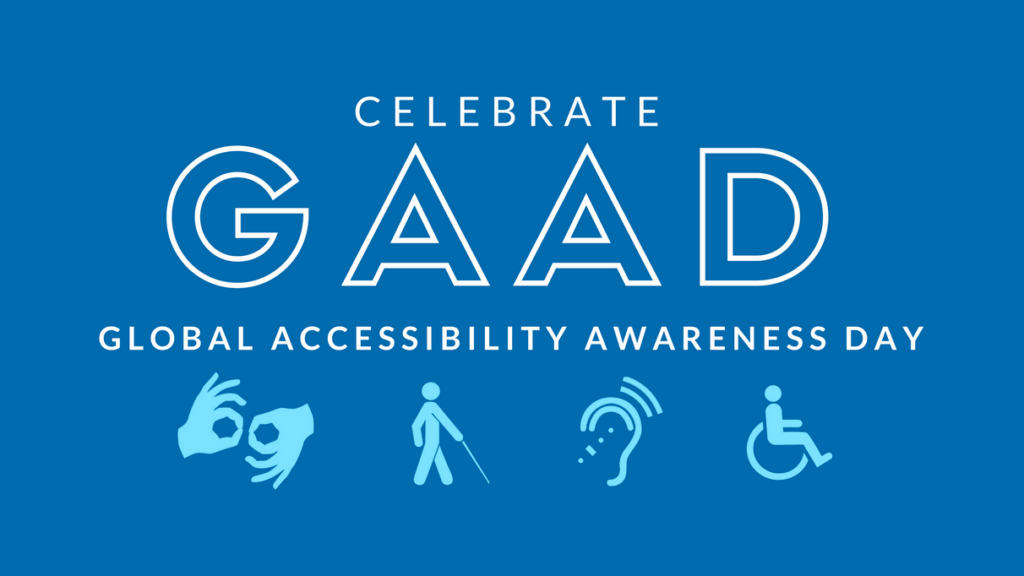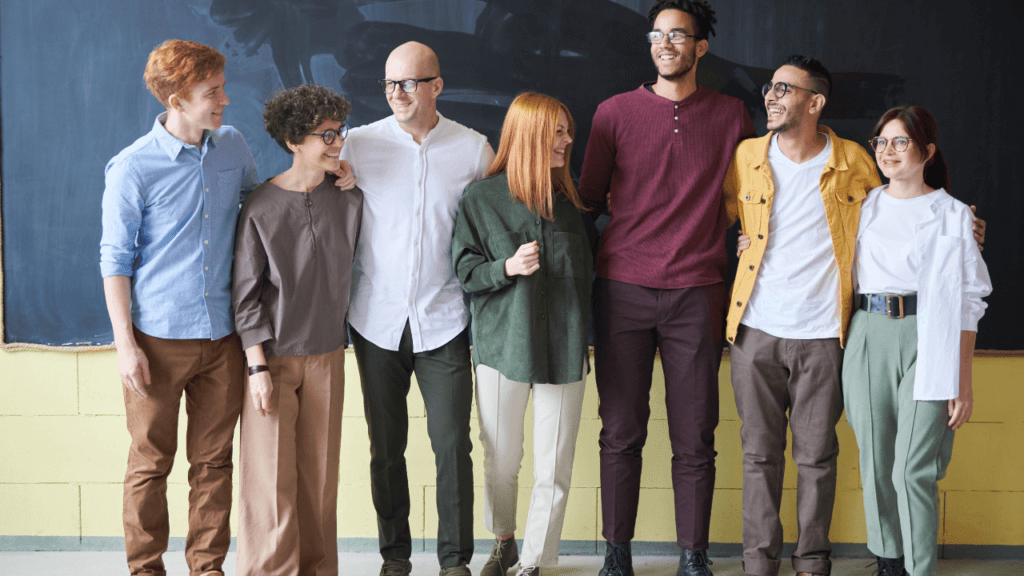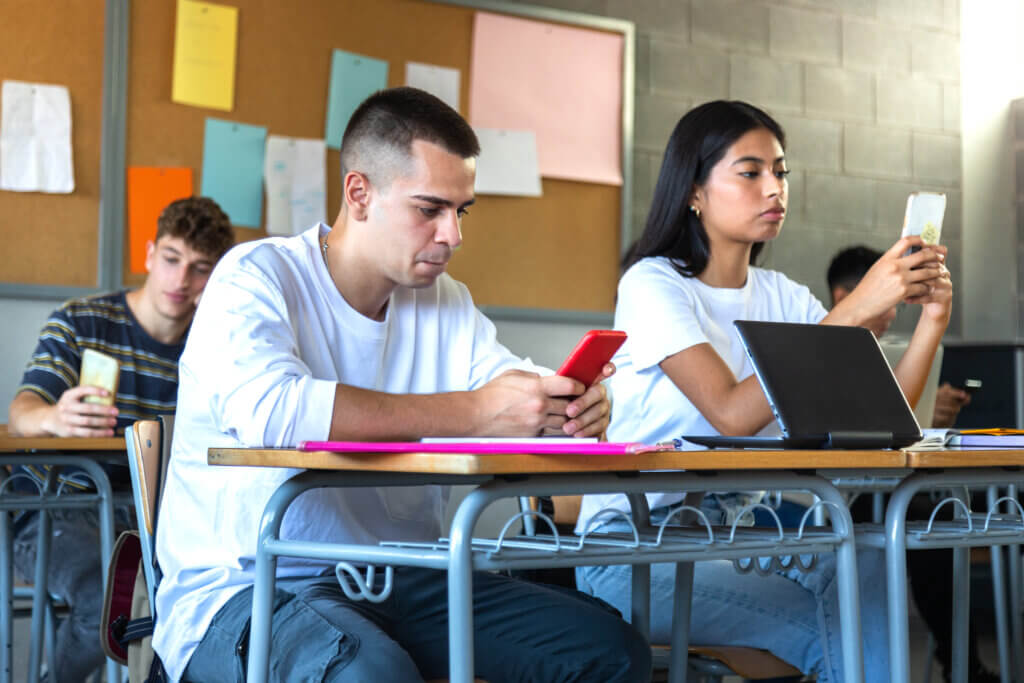But what does it really mean?
Differentiated instruction, also known as differentiated education, simply means that teachers identify and take into consideration each student’s individual learning style, strengths, needs and interests, and then develops lessons to ensure students have opportunities to learn using their preferred style.
 Well-known educator and speaker Carol Ann Tomlinson is known for her work in differentiated instruction. In her book, “How to Differentiate Instruction in Academically Diverse Classrooms,” Tomlinson explains, “At its most basic level, differentiating instruction means ‘shaking up’ what goes on in the classroom so that students have multiple options for taking in information, making sense of ideas, and expressing what they learn. In other words, a differentiated classroom provides different avenues to acquiring content, to processing or making sense of ideas, and to developing products so that each student can learn effectively.”
Well-known educator and speaker Carol Ann Tomlinson is known for her work in differentiated instruction. In her book, “How to Differentiate Instruction in Academically Diverse Classrooms,” Tomlinson explains, “At its most basic level, differentiating instruction means ‘shaking up’ what goes on in the classroom so that students have multiple options for taking in information, making sense of ideas, and expressing what they learn. In other words, a differentiated classroom provides different avenues to acquiring content, to processing or making sense of ideas, and to developing products so that each student can learn effectively.”
The model has a lot in common with other pedagogical approaches, particularly ones in which teachers vary approaches to teaching the same material that appeals to different students in the same classroom, such as response-to-intervention, data-driven instruction and scaffolding.
YuJa and Differentiated Learning
Using tools like the YuJa Enterprise Video Platform, teachers can provide differentiated learning in a variety of ways, such as:
- Lecture capture, which facilitates classroom flipping and microlessons;
- Social learning, which allows real-time discussion and promoted media engagement; or
- Video conferencing, which offers engaging options for virtual lessons, desktop sharing, collaboration and more.
Quizzes help assess what students understand as they progress, and detailed analytics offer insights into how to tweak instruction based on areas where students are struggling.
YuJa’s Video Platform also makes it easy to incorporate additional learning materials, like online videos, for students requiring additional review or support to gain understanding. Those same tools enable instructors to offer more information to students seeking a deeper understanding of the material.
How YuJa Caters to Various Learning Styles
Students learn differently. While some are auditory learners, others are visual or kinesthetic learners. YuJa’s lecture capture technology meets the needs of each type of learner.
Visual Learning: Visual learners can read the auto-captions on lecture captures. Some visual learners respond best to images, like tables, maps and charts, and others to written words. Word-based learners are called visual-linguistic learners, while those who respond best to images are visual-spatial learners. Since YuJa incorporates all aspects of presentation media, lecture captures include your tables, charts, images and more. In addition, file upload technology makes it easy to provide visual learners with access to PowerPoint presentations and other visual aids.
Auditory Learning: Auditory listeners can listen to lecture captures and re-listen as needed. Since auditory learners learn less effectively from the written word, lecture captures can provide a key tool for these learners. In addition, the YuJa Learning Channel enables you to incorporate other types of video learning for auditory learners.
Kinesthetic Learning: Kinesthetic learners can engage with video quizzes, video creation, and online assignments. In addition, mobile access to YuJa lectures means that kinesthetic learners can take their lectures on the move, walking or even watching a lecture from the gym or wherever they best learn.







